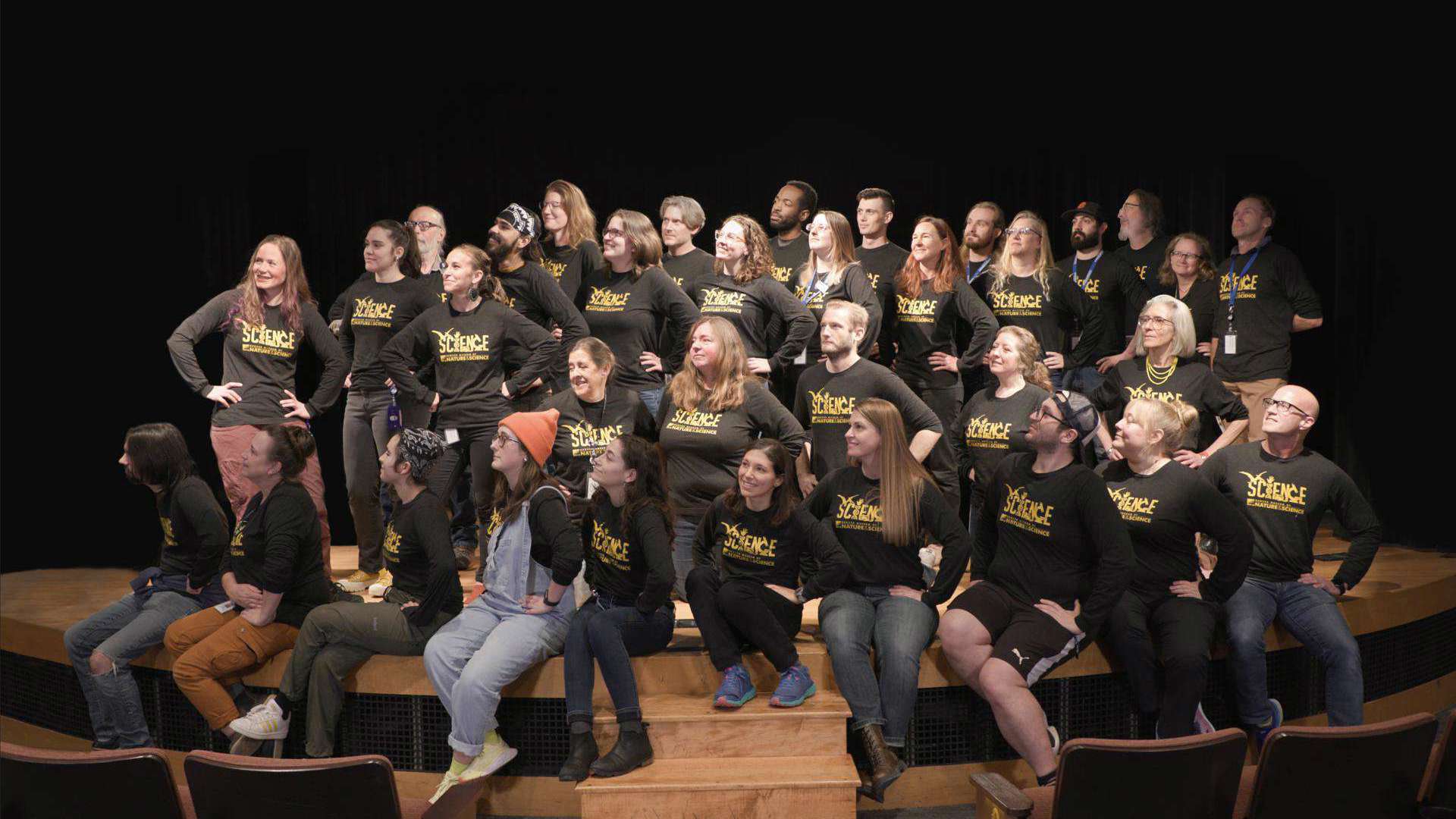Chief Curator's Office
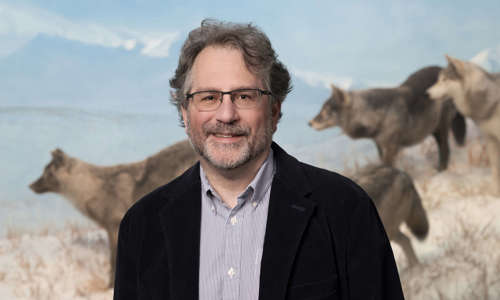
John R. Demboski, PhD
Senior Vice President of Science & Chief Curator
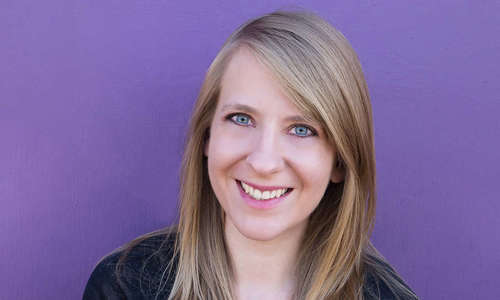
Meghan Truckey, MA
Registrar
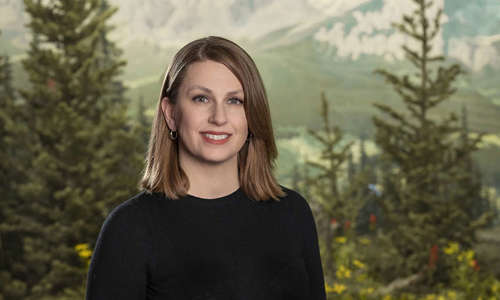
Libby Couch
Business Support Specialist III
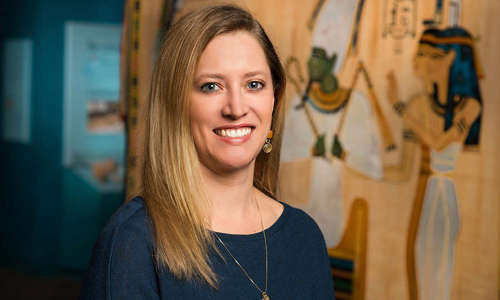
Courtney J. Scheskie, MA
Business Support Specialist III
Integrative Collections
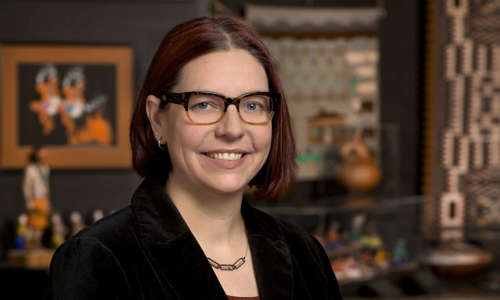
Melissa Bechhoefer, MS
Director of Integrative Collections
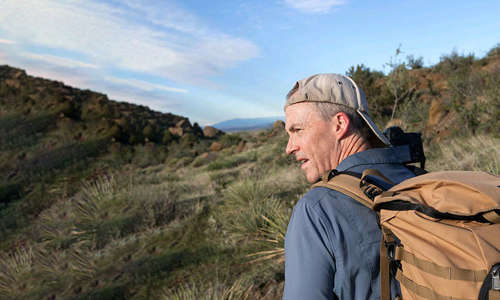
Rick Wicker
Photographer

Laura Rocha Prado
Data Administrator
Anthropology
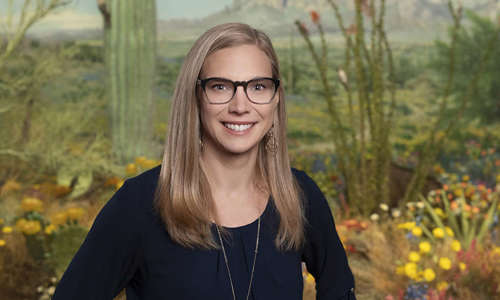
Michele Koons, PhD
Director of Anthropology, Curator of Archaeology
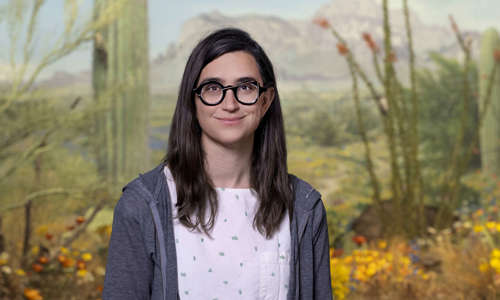
Emmy Dawson, PhD
Research Assistant
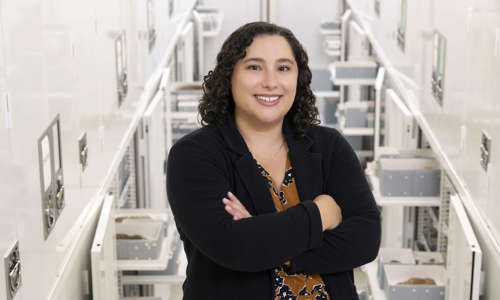
Angela Rueda
Collections Manager
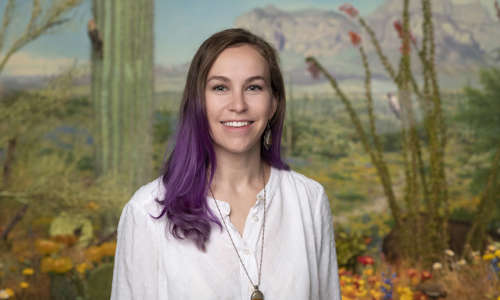
Erika Heacock
Assistant Collections Manager
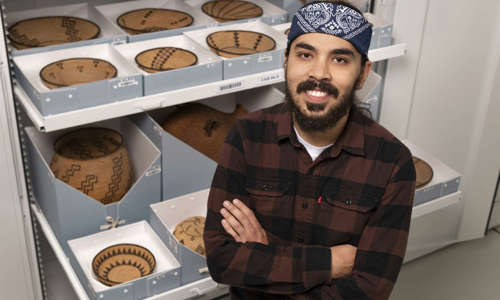
Johnny Gordon
Collections Assistant
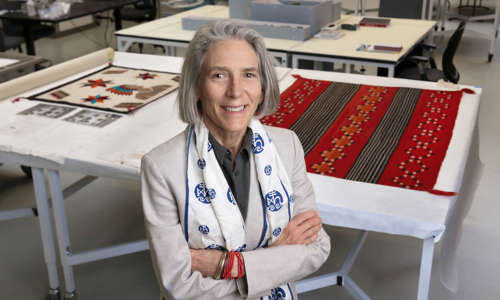
Casey Mallinckrodt, MA
Head Conservator
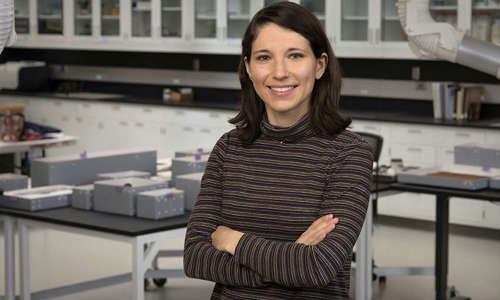
Megan Salas, MA
Exhibits Conservator
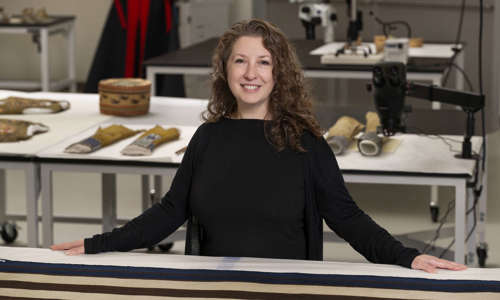
Kathleen Martin, MPhil
Textile Conservator

Katy Kaspari, MA, MSc
Conservator I
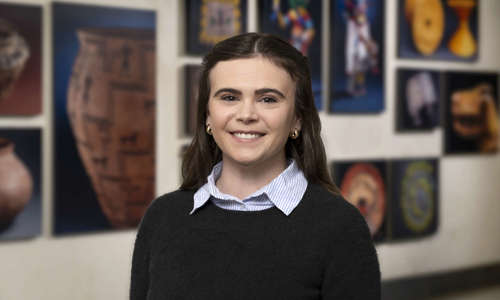
Ella Thomas
Conservation Assistant
Archives
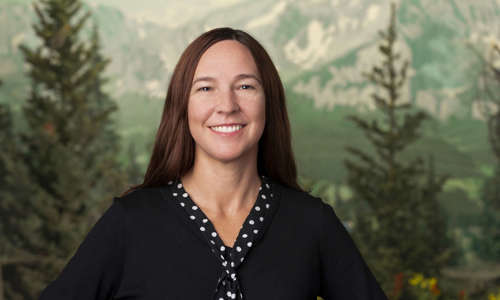
Laura Uglean Jackson, MIS
Digital Archivist
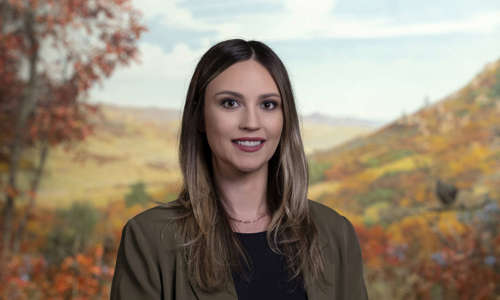
Lauren Conrad
Assistant Archivist

Allyce Farino
Assistant Archivist for Digital Assets
Earth Sciences
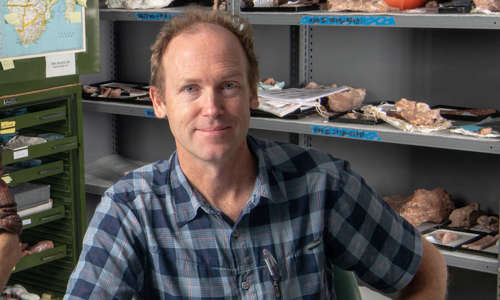
Patrick O'Connor, PhD
Director of Earth & Space Sciences
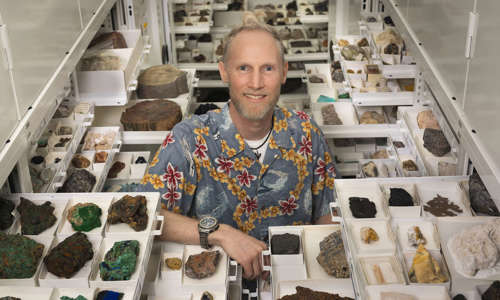
James Hagadorn, PhD
Tim & Kathryn Ryan Curator of Geology
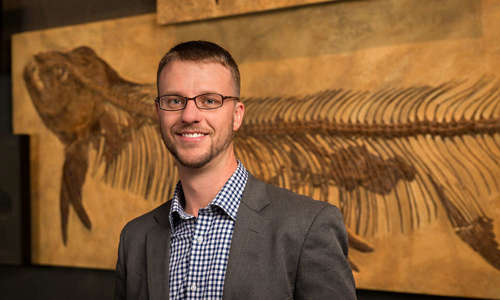
Tyler R. Lyson, PhD
Senior Curator of Vertebrate Paleontology
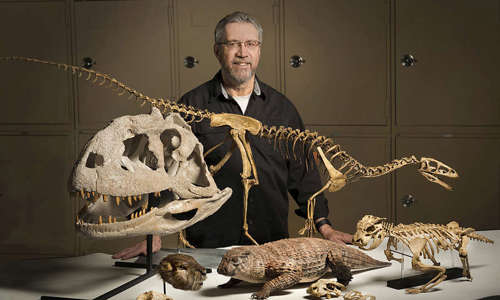
David W. Krause, PhD
Senior Curator of Vertebrate Paleontology
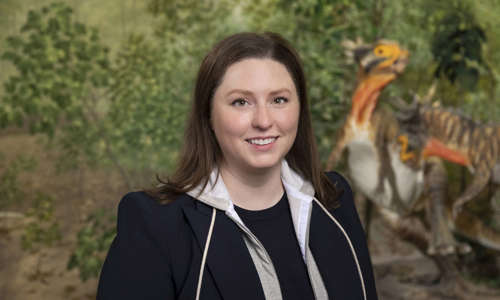
Gussie Maccracken, PhD
Assistant Curator of Paleobotany
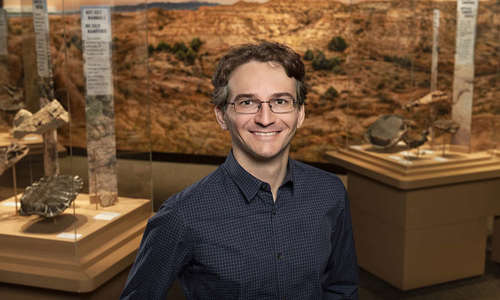
Holger Petermann, PhD
Postdoctoral Scholar
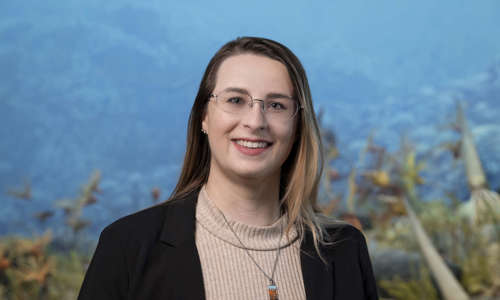
Annaka M. Clement, PhD
Postdoctoral Scholar
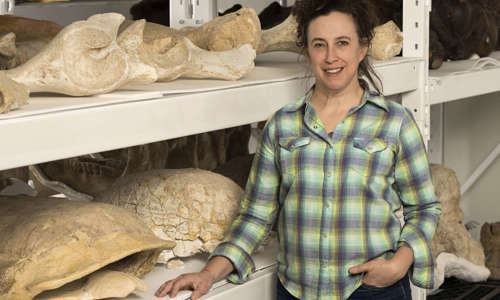
Kristen A. MacKenzie, MS
Collections Manager
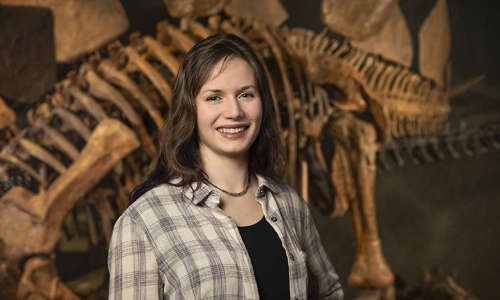
Nicole Neu-Yagle, MS
Assistant Collections Manager
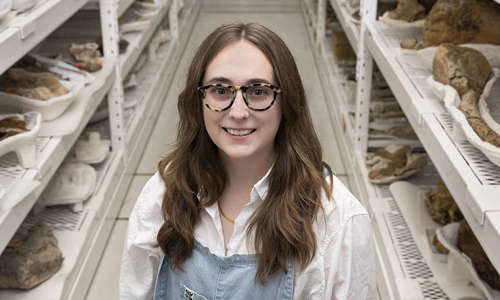
Sierra K. Swenson
Assistant Collections Manager
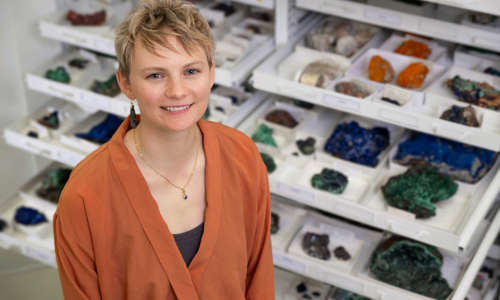
Eva Jorn, MS
Assistant Collections Manager
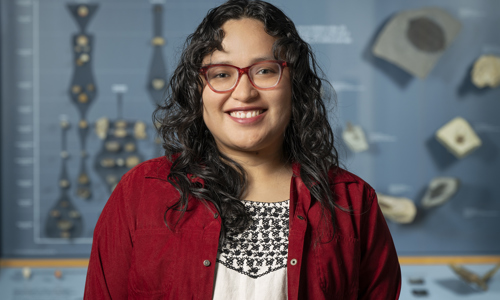
Ana Mendoza Maya
Collections Assistant
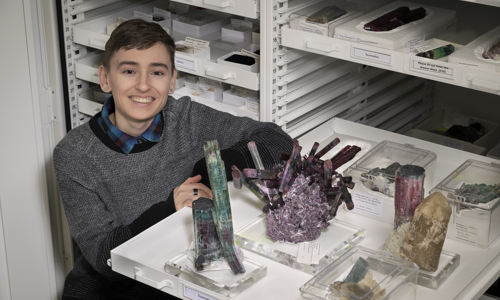
Emory Pollatsek
Collections Assistant
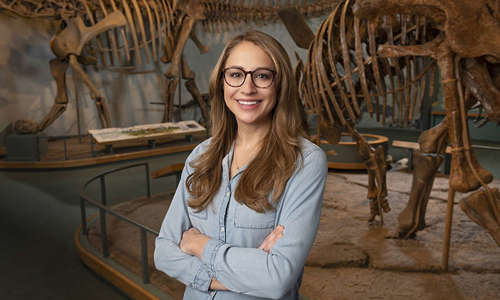
Natalie Toth, MS
Chief Preparator
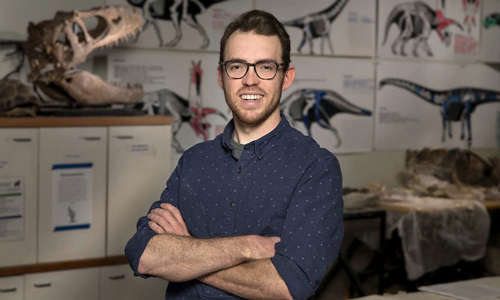
Salvador Bastien
Fossil Preparator
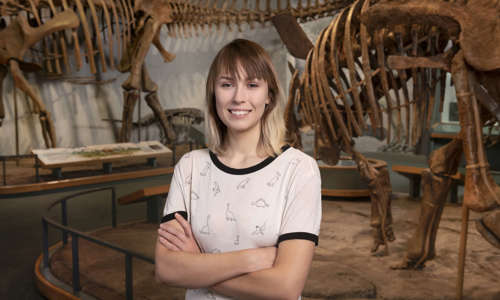
Sadie Sherman
Fossil Preparator
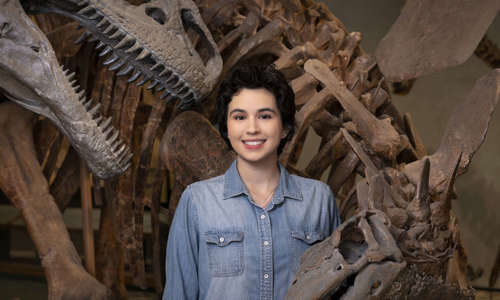
Evan Tamez-Galvan
Fossil Preparator
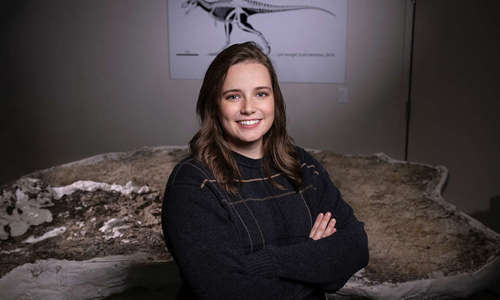
Alex Polich
Fossil Preparator
Health Sciences
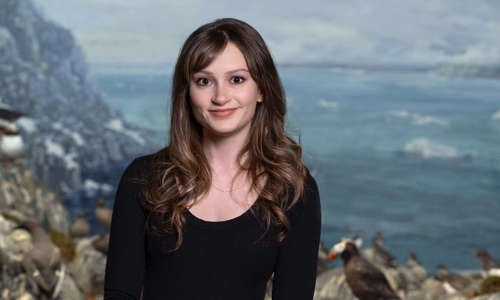
Bridget N. Chalifour, PhD
Genomics Scientist
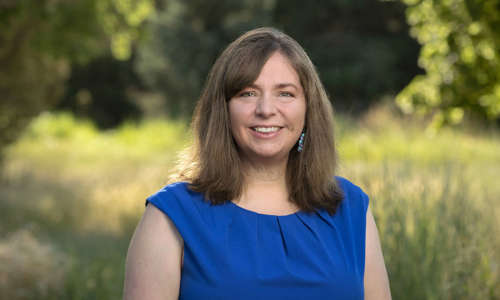
Tiffany Nuessle, MA
Research Manager in the Genetics Lab
Space Science
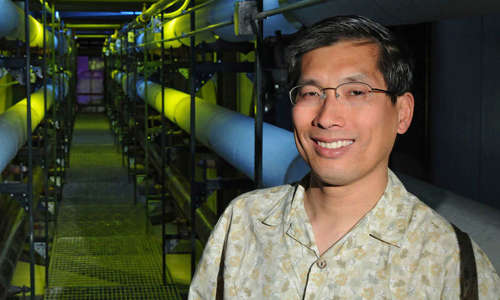
Ka Chun Yu, PhD
Assistant Curator of Space Science
Zoology
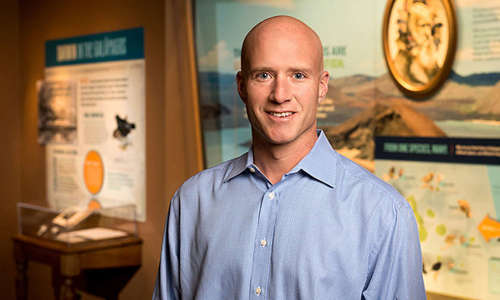
Garth M. Spellman, PhD
Director of Zoology & Health Sciences, Curator of Ornithology
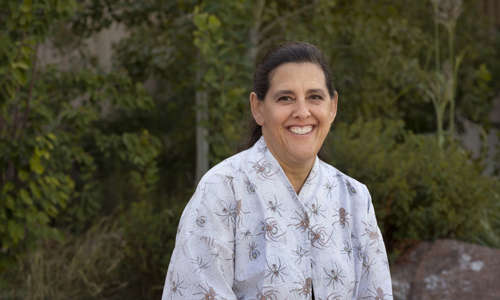
Paula E. Cushing, PhD
Senior Curator of Invertebrate Zoology
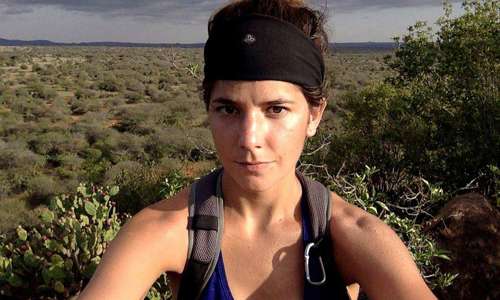
Holly L. Lutz, PhD
Curator of Mammalogy
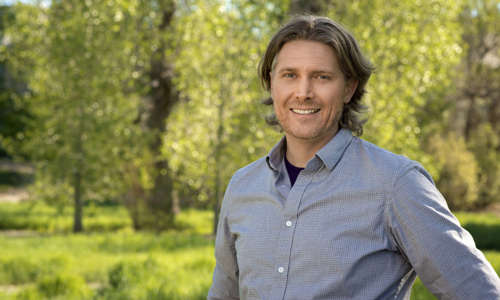
Andrew Doll, MS
Collections Manager
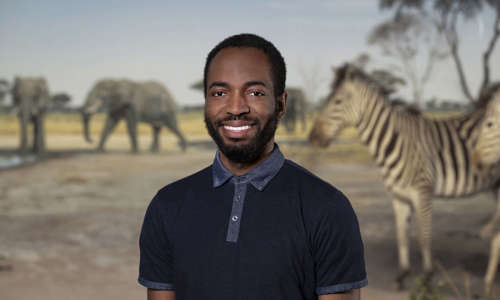
Cameron Pittman, MS
Assistant Collections Manager
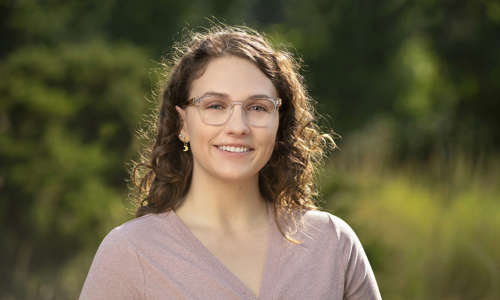
Genevieve Anderegg, MS
Assistant Collections Manager
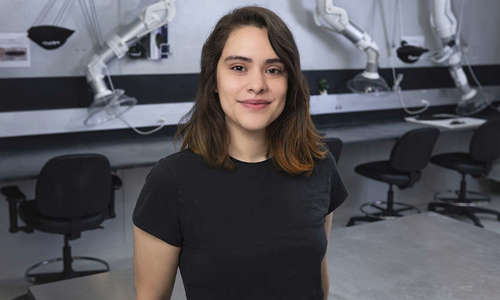
Andrea (Andie) Carrillo
Zoology Preparator
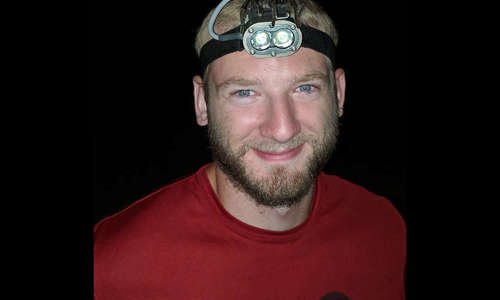
(Richard) Ryan Jones
Research Assistant
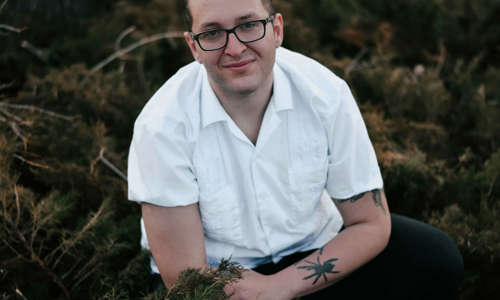
Goran Shikak
Research Assistant
